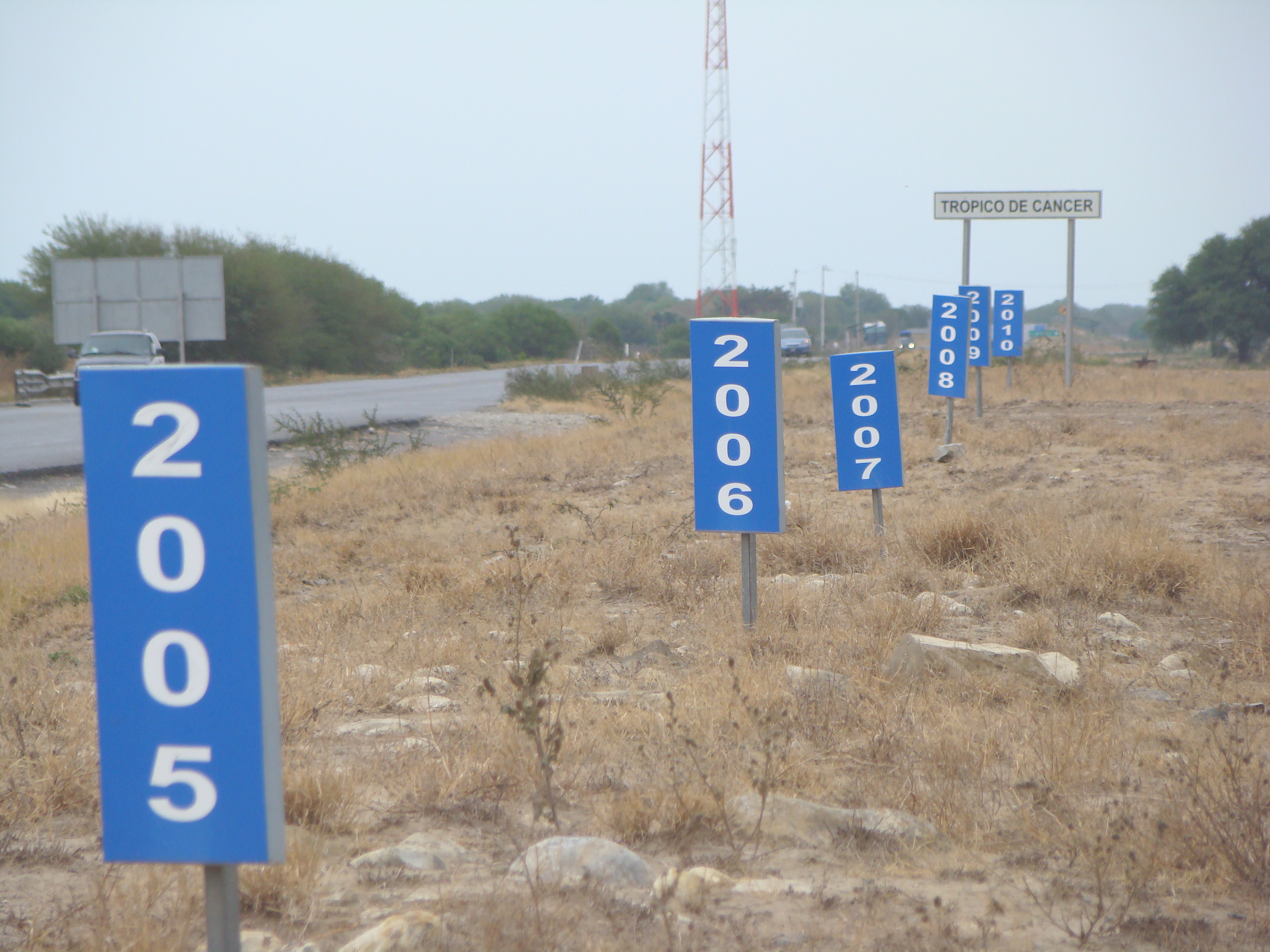Hope this now made things a bit clearer.
But you're mixing apples and oranges, so to speak. In order for your orange to do the Dzhanibekov effect, it has to have something akin to a butterfly nut inside of it.
It would work if the orange had the equivalent of a butterfly nut inside of it AND if the edible inner part of the orange "boiled", so this "butterfly nut" is free to move around to do its Dzhanibekov effect. Otherwise, the entire sphere with its butterfly nut is solidly held together as a single part. When the butterfly nut is free to move with something akin to a Dzhanibekov effect, the poles will change. The dots you painted can find themselves a new location, independent of the prior axis of rotation:
https://videos.files.wordpress.com/0QF3nivm/ecdos3-mp4.mp4
This is what deep Earth research is pointing at: heat released from the core butters up the mantle, which then facilitates the outer mantle + crust to move around in a semi-Dzhanibekov effect because the earth has something akin to an inner "butterfly nut" that facilitates such an event.
The two blobs and the two denser parts of the mantle is your "butterfly nut" inside the earth. It only happened because heat is being released from the inner core into a specific pattern favoring a gyroscope. Before, it was business as usual, the Earth spinning along its axis for thousands of years.Q: (Gaby) TES (The Ethical Skeptic) has a hypothesis based on these blobs and posits that Earth's core and mantle dynamics drive periodic rotational instabilities, leading to true polar wander events.
[Background info: Exothermic Core-Mantle Decoupling - Dzhanibekov Oscillation (ECDO) Theory]
A: Partly involved, yes.
Q: (Gaby) He claims that a weakening of the core mantle magnetic coupling causes heat from the Earth's core into the mantle, excluding these blobs. This makes the rest of the mantle denser than the blobs, contributing to:
- Loss of current influence in the position of our geographic North Pole
- Increase in sea surface temperature and in the Earth's axis of rotation
- Shift in the planet's rotation around its maximum axis (the denser mantle)
- Increasing the chances of a True Polar Wander event with an axis of gyroscopic moment based upon the African blob.
A: Very close!






